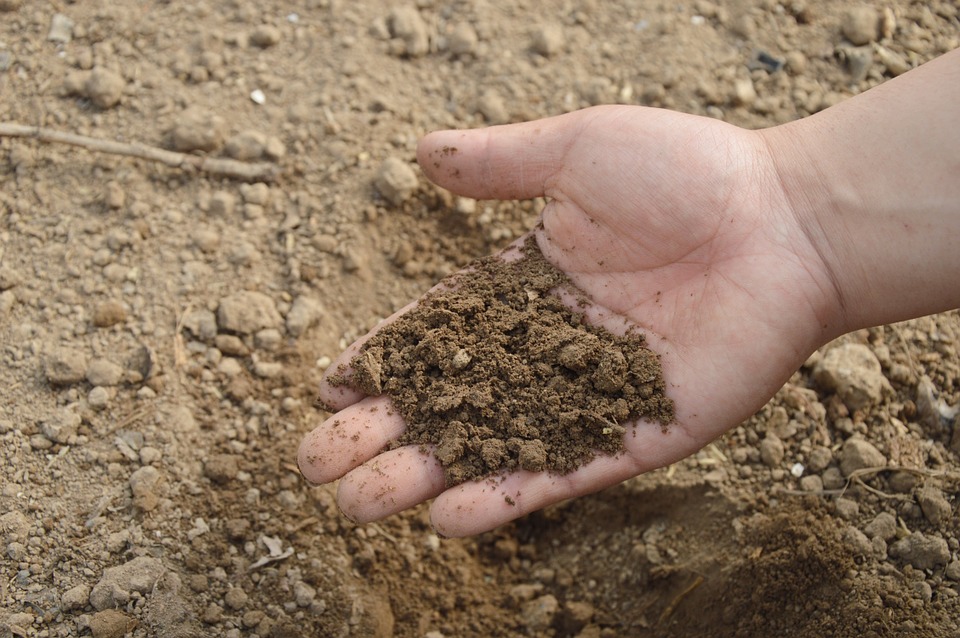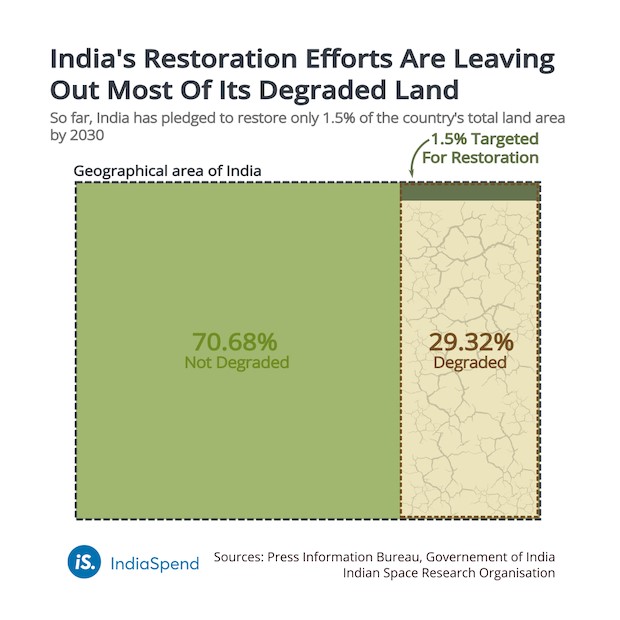
02/03/21 17:00 PM IST


What are the implications of Desertification particularly for India?

Why in news ?
Cultivated lands in India are in the grips of desertification. The country’s Green Revolution pockets are especially prone to the problem. The biggest threat of desertification emanates from the major crops of the Green Revolution — wheat and paddy. If agricultural land in Punjab is to be protected from desertification, the best way is to shift wheat and paddy cultivation to 5 million hectares of land in the Indo Gangetic plains of Uttar Pradesh, Bihar and West Bengal. India faces a growing crisis of land degradation: Nearly 30% of its land area, as much as the area of Rajasthan, Madhya Pradesh and Maharashtra put together, has been degraded through deforestation, over-cultivation, soil erosion and depletion of wetlands. A major global agreement on issues related to land, the convention (UNCCD) seeks to address the phenomenon of desertification, the process through which fertile and productive land become degraded and unfit for useful activities like agriculture.
When did UNCCD convention came into force?

Where did Desertification Occurs?
Desertification takes place worldwide in drylands, and its effects are experienced locally, nationally, regionally, and globally. Drylands occupy 41% of Earth’s land area and are home to more than 2 billion people—a third of the human population in the year 2000. Drylands include all terrestrial regions where water scarcity limits the production of crops, forage, wood, and other ecosystem provisioning services. Desertification is a result of a long-term failure to balance demand for and supply of ecosystem services in drylands. The pressure is increasing on dryland ecosystems for providing services such as food, forage, fuel, building materials, and water for humans and livestock, for irrigation, and for sanitation. This increase is attributed to a combination of human factors and climatic factors. The former includes indirect factors like population pressure, socioeconomic and policy factors, and globalization phenomena like distortions to international food markets and direct factors like land use patterns and practices and climate-related processes. The climatic factors of concern include droughts and projected reduction in freshwater availability due to global warming. While the global and regional interplay of these factors is complex, it is possible to understand it at the local scale.
A variety of factors, both natural and human-induced, are known to be affecting the productivity of land, and making them desert-like. Increasing populations and the resultant rise in demand for food and water, feed for cattle, and a wide variety of ecosystem services these offer, have prompted human beings to clear forests, use chemicals, cultivate multiple crops, and over-exploit groundwater. This has affected both the health and productivity of land. Natural processes such as rising global temperatures increase the frequency and intensity of droughts, and changing weather patterns have put further pressure on the land.
Who is responsible for Desertification ?
How can countries slow down this loss of land and biodiversity that threatens global food security ?

17 Sep
'Dehradun and several other districts in Uttarakhand have experienced very heavy rainfall over the past few days, triggering landslides in multiple areas and causing rivers to swel
Read More
08 Sep
'The Rajasthan Coaching Centres (Control and Regulation) Bill, 2025, is a significant piece of legislation passed by the Rajasthan Assembly to regulate and oversee the state's burg
Read More
28 Aug
'Recently, the Indian Space Research Organisation (ISRO) successfully carried out its first Integrated Air Drop Test (IADT-1), a crucial milestone in the preparation for the countr
Read More